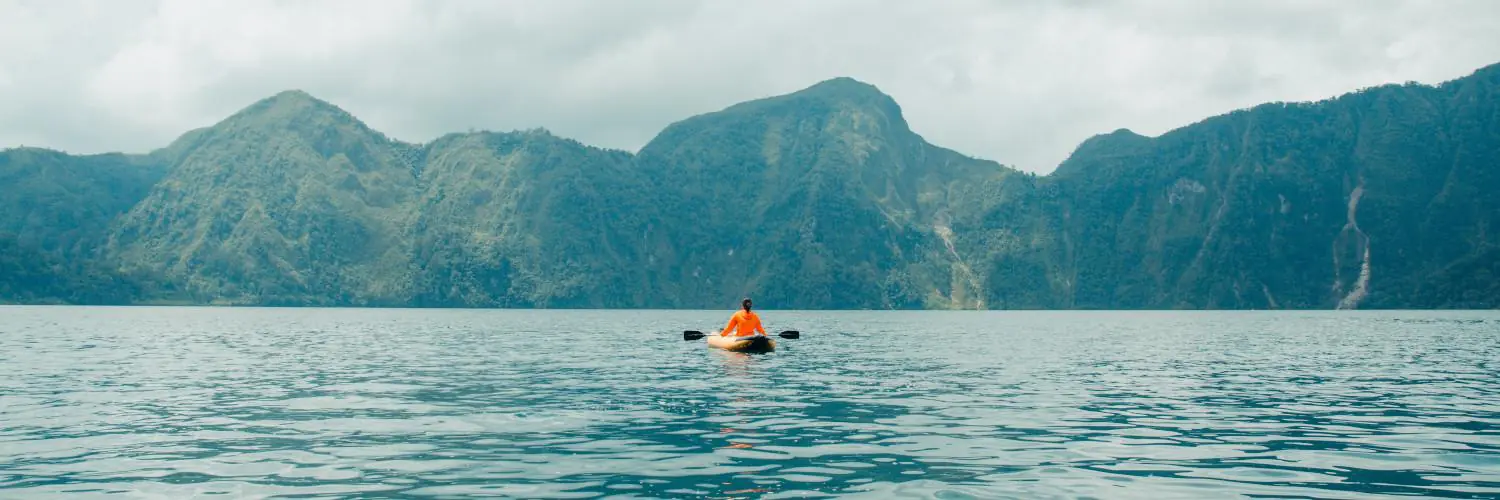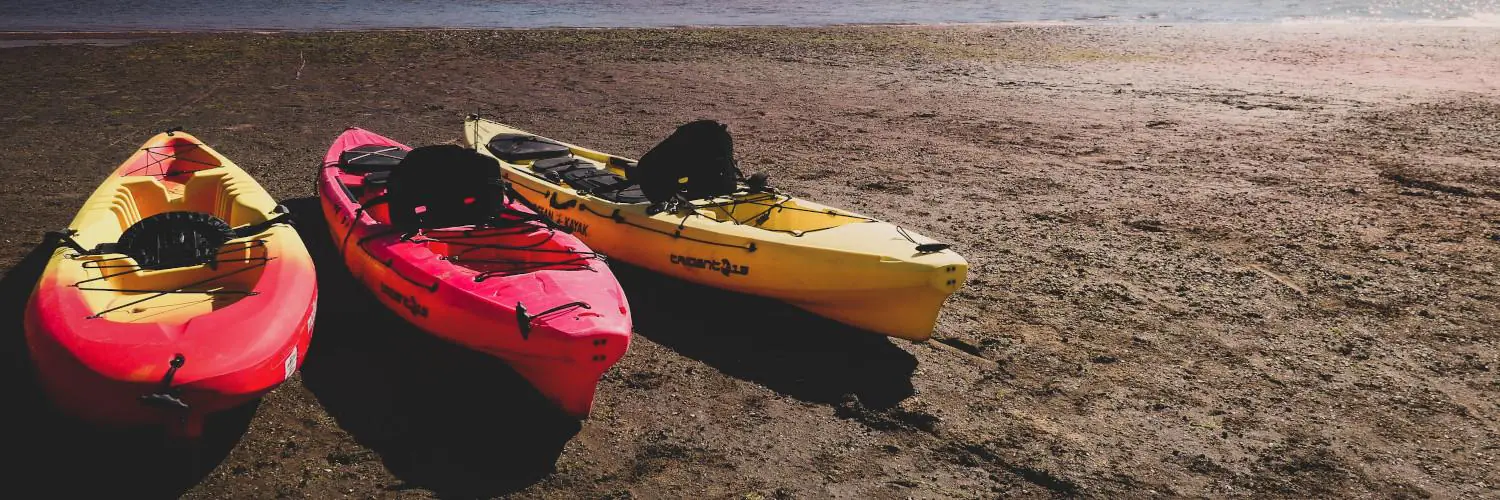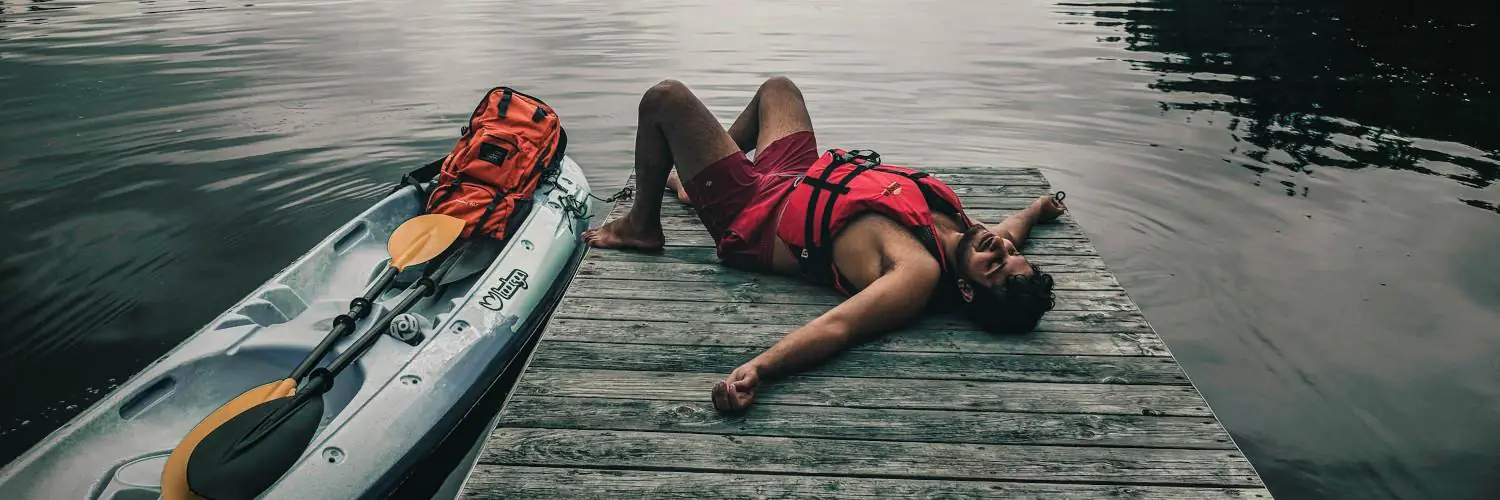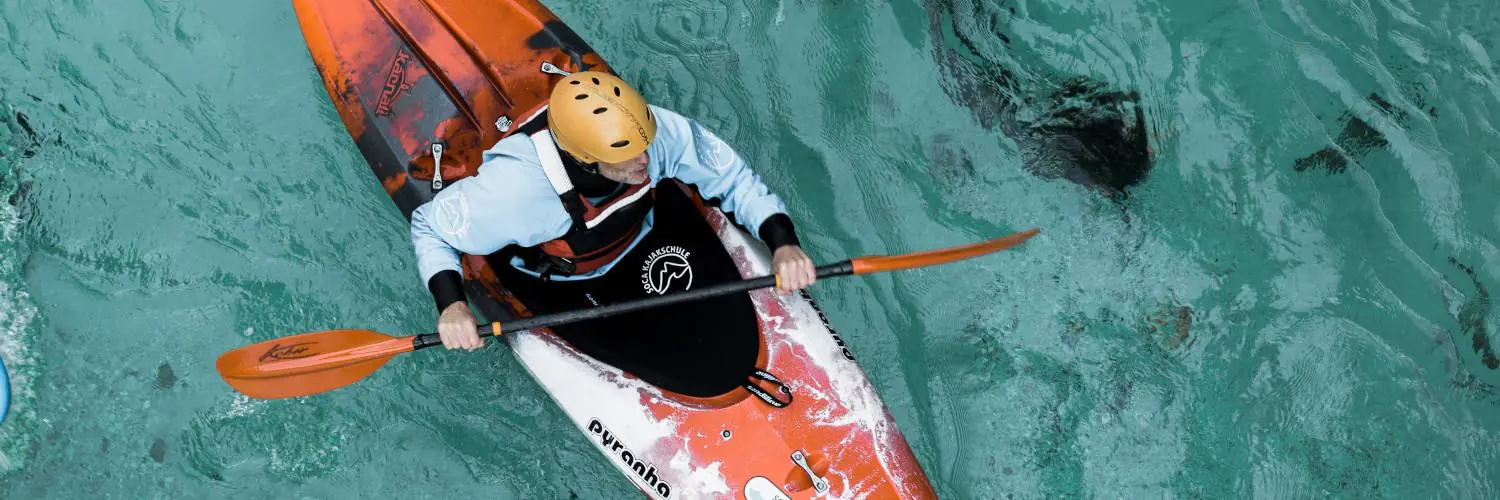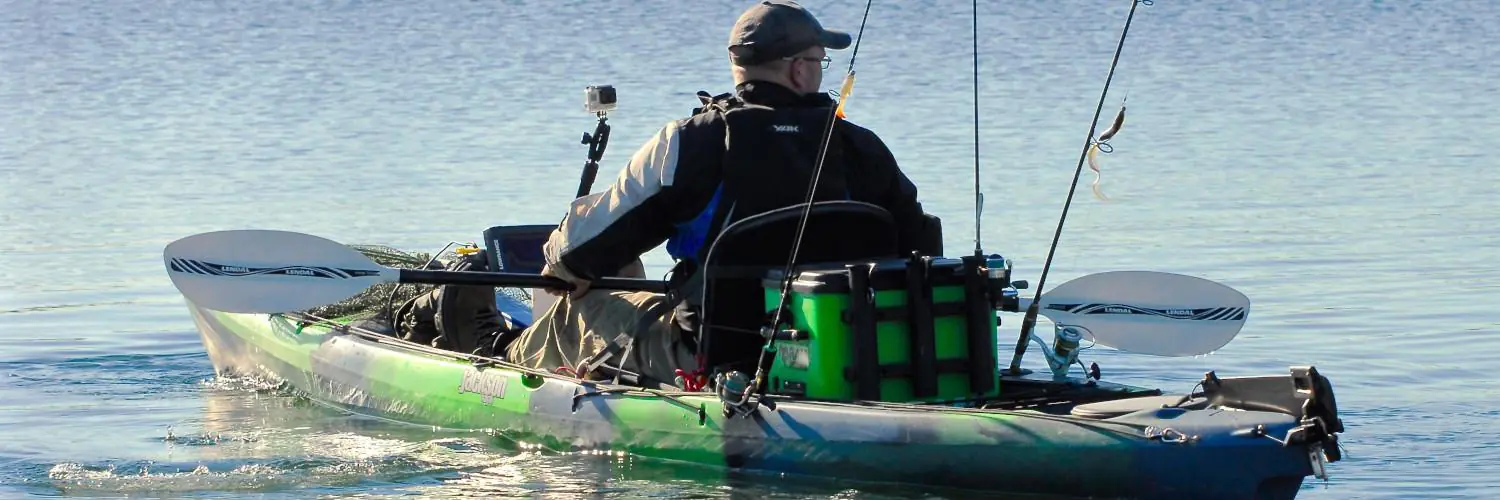Bioluminescent kayaking in Florida offers a unique chance to paddle through glowing waters after sunset, where microscopic organisms light up with each stroke. This natural phenomenon often occurs in locations like the Indian River Lagoon, Mosquito Lagoon, and Banana River, drawing visitors seeking a rare and memorable adventure. Tours are available in popular areas such as Titusville, Cocoa Beach, Cape Canaveral, and even southwest Florida locations like Naples.
Participants can expect to see blue-green light illuminating the water as their kayak moves, especially during the warm summer months and around new moons for optimal viewing. Guided tours make it easy for beginners and experienced paddlers to safely explore these glowing waters while learning about the organisms and the local environment.
With several reputable tour operators across the state, bioluminescent kayaking has become a must-try experience for both nature lovers and travelers looking for something different in Florida.
Table of Contents
What Is Bioluminescence and How Does It Occur?
Bioluminescence is the natural production of light by living organisms through specific chemical reactions. In Florida’s waterways, it is responsible for mesmerizing nighttime glows, which are especially visible during warm summer months.
The Science Behind Glowing Waters
Bioluminescence occurs when certain organisms generate light via a chemical reaction involving the molecule luciferin and the enzyme luciferase. When luciferin reacts with oxygen, it emits light without creating significant heat, a process known as “cold light.” This efficiency helps aquatic life avoid overheating.
Most bioluminescent displays in Florida’s lagoons and rivers can be traced to dinoflagellates, a type of plankton. When disturbed by motion—such as a paddle stroke or a fish swimming—these tiny organisms emit a blue-green light. This light can look like shimmering trails in the water, creating an unforgettable visual effect for kayakers.
A simple breakdown of the process:
| Component | Role in Bioluminescence |
|---|---|
| Luciferin | Light-producing molecule |
| Luciferase | Enzyme that triggers the reaction |
| Oxygen | Reacts with luciferin to emit light |
These reactions are highly efficient, with less than 20% of the energy lost as heat.
Bioluminescent Creatures in Florida
Florida’s bioluminescent waters are home to a variety of glowing organisms. Dinoflagellates are the most abundant, particularly species found in the Indian River Lagoon and around Cocoa Beach. These unicellular organisms are responsible for the widespread, glowing effect seen on many kayak tours.
In addition to dinoflagellates, comb jellies (also known as comb jellyfish) contribute to the bio-lit spectacle. Unlike dinoflagellates, comb jellies produce continuous gentle light and display a rainbow shimmer when disturbed. Kayakers may encounter these gelatinous creatures floating just below the water’s surface during night paddles.
Glowing plankton, a general term for bioluminescent microscopic life, also play a role in these displays. In rare cases, bioluminescent algae species contribute to the light show, although planktonic dinoflagellates are usually the main attraction in Florida’s coastal and lagoon environments.
Best Places for Bioluminescent Kayaking in Florida
Florida offers some of the most accessible and impressive locations for bioluminescent kayaking, particularly along the east coast and in protected wildlife areas. Each destination provides unique scenery, varying wildlife encounters, and different types of bioluminescence, from glowing plankton to comb jellies.
Indian River Lagoon and Titusville
The Indian River Lagoon is widely regarded as one of the top choices for bioluminescent kayaking in the state. Every summer, the waters around Titusville light up with billions of dinoflagellates, creating a blue-green glow when disturbed. The region is part of the Space Coast and hosts several launch points for guided tours.
Kayak trips in this area often begin at or near Titusville, where access to calm waters and a diverse ecosystem is straightforward. Wildlife sightings may include manatees, dolphins, and a variety of birds. Tours typically operate from late May through early October, with peak brightness during July and August.
This section of the lagoon is also close to the Great Florida Birding Trail, enhancing the experience for bird watchers.
Merritt Island National Wildlife Refuge
Located adjacent to the Kennedy Space Center, the Merritt Island National Wildlife Refuge provides ideal conditions for observing bioluminescence thanks to its protected and undeveloped shoreline. Waterways in the refuge support dense populations of bioluminescent organisms during peak summer months.
The Refuge is known for its biodiversity, drawing paddlers who want to spot birds, fish, and potentially even alligators while kayaking. Night tours are common, and the surroundings are especially quiet, with minimal light pollution. The shallow waters make for safe and manageable paddling, even for beginners.
This part of central Florida is recognized as a hotspot for nature tourism and is listed on regional wildlife and birding trails.
Cocoa Beach and Space Coast
Cocoa Beach sits just south of Merritt Island and is popular for both daytime beachgoing and nighttime bioluminescent tours. The Space Coast’s coastal inlets and lagoons are tidal, which helps concentrate glowing plankton in certain areas throughout summer.
Both guided and self-guided kayak options are available here, offering views of illuminated fishes and swirling blue trails created by moving paddles. Local tour operators sometimes use clear kayaks, which provide an uninterrupted view of the glowing water beneath.
Space launches from nearby Cape Canaveral can occasionally be seen at night, adding a rare backdrop for paddlers. Accessibility and established tourism infrastructure make this spot easy for visitors.
Cape Canaveral and Kiwanis Island Park
Cape Canaveral provides a blend of urban amenities with access to secluded bioluminescent waters. Launch points at areas like Kiwanis Island Park help paddlers enter the Banana River or secondary lagoons that glow during active seasons.
This location is ideal for families or groups seeking shorter trips, as the public parks offer safe parking and easy water access. Some tours here make use of family-friendly rafts or beginner-friendly kayaks, accommodating all ages.
The park’s setting near wildlife refuges and protected lands means visitors often spot native birds and marine life during their outings. Kiwanis Island Park is also close to Cocoa Beach and the Merritt Island Wildlife Refuge, providing options to extend or combine experiences.
Planning Your Bioluminescent Kayak Adventure
A successful bioluminescence kayak adventure in Florida depends on timing, choosing the right tour, and being well-prepared with appropriate gear. Tour operators across the state offer a variety of options, from guided tours in Cocoa Beach to adventure kayak excursions on the Indian River Lagoon.
Best Time to See Bioluminescence in Florida
For the brightest bioluminescent displays, late June through early October is recommended. Glowing waters are most vivid on moonless nights, as darkness enhances the effect. The peak usually aligns with warm summer evenings.
Top viewing months:
| Month | Visibility | Notes |
|---|---|---|
| June-August | Excellent | Warm water, high activity |
| September | Very Good | Still warm, fewer crowds |
| May, October | Variable | Early/late season, check ahead |
Weather can affect visibility, so local guides often provide calendars or recommendations. Checking lunar cycles is advised; new moon periods are ideal for the best adventure.
Choosing the Right Kayak Tour
Florida offers several bioluminescence kayak tours, ranging from traditional adventure kayaks to clear kayak bioluminescence experiences. Guided tours are available in locations like Merritt Island National Wildlife Refuge and Indian River Lagoon.
Tour options include:
- Guided Kayak Tours: Led by experienced guides for a safe, educational trip.
- Clear Kayak Bioluminescence: Kayaks with transparent hulls for an immersive water activity.
- BK Adventure Tours: Well-reviewed for their nightly Florida tours and experienced staff.
Consider tour length (usually 2 hours), group size, and guide expertise. Some tours cater to families, while others target adventure seekers. Booking in advance is recommended, especially during summer.
Essential Gear and Preparation
Proper preparation ensures comfort and safety during your kayak tour. Essentials include:
- Water Shoes: Protect feet from shells and mud.
- Bug Spray: Mosquitoes are common near water; use a repellent suitable for sensitive environments.
- Lightweight Clothing: Quick-drying and comfortable attire for night paddling.
- Waterproof Bags: Keep valuables and electronics dry.
- Headlamp or Small Flashlight: Useful before and after the tour—most guides discourage use during the tour to preserve night vision.
Listen to safety briefings from your guides and check weather updates before heading out. It’s advised to avoid wearing bright lights or cell phone screens while on the water to maintain the immersive viewing experience.
What to Expect on a Bioluminescence Kayak Tour
Participants join guided trips in shallow Florida lagoons after sunset, and often paddle in groups with certified guides. These tours highlight glowing waters, encounters with native wildlife, and feature different types of boats that cater to various skill levels and interests.
Typical Kayaking Experience
Most tours begin near sunset and last 1-2 hours, offering calm paddling through protected waters like the Merritt Island National Wildlife Refuge or Indian River Lagoon. Guides provide a safety briefing, basic kayaking instructions, and all essential gear, including life vests and paddles.
Night falls quickly, making the bioluminescent glow visible with each stroke or splash. The glowing effect is usually more vibrant on moonless nights, since less moonlight means brighter displays in the water. Tours generally move at a leisurely pace to maximize the viewing experience and allow time for participants to adjust to the darkness.
Participants should expect to paddle in tandem or single sit-on-top kayaks. Calm conditions are typical, but some wind or current is possible, so a modest fitness level is recommended. Most operators accommodate beginners and provide support throughout the tour.
Wildlife and Marine Life Encounters
Florida’s bioluminescent lagoons host an array of wildlife. Dolphins are often seen breaching near kayaks, while manatees gently glide through the water, especially in warmer months. Fish dart beneath the surface, leaving glowing trails in their wake.
Besides aquatic life, paddle routes may pass by resting islands where various bird species—such as herons, ospreys, and pelicans—can be observed. Bald eagles are occasionally spotted near wildlife refuges. Guides often point out nocturnal animals and provide information about the local ecosystem.
The presence and activity of wildlife can vary by season and weather. Warm summer nights from June through September typically offer the highest chance to view both marine life and the glowing waters. Bug spray and lightweight long sleeves are recommended to ward off mosquitoes.
Special Types of Tours: Clear Kayaks and Paddleboards
Clear kayak tours allow participants to see bioluminescence glow not just around the paddle but right beneath the boat. Many find this enhances the visual immersion, as every movement is illuminated and easy to observe. These clear boats are usually tandem, accommodating two people.
Some operators also offer stand-up paddleboard (SUP) options for those seeking a different viewpoint. A paddleboard adventure puts users closer to the surface, giving an intimate perspective of the glowing water. Paddlers use long-handled paddles and receive basic balance training prior to departure.
Both clear kayaks and paddleboards suit a range of skill levels and are supervised by guides. Availability and suitability depend on location and weather conditions, so booking in advance and checking requirements is recommended for anyone interested in these variations.
Nearby Attractions and Tips for Visitors
Florida’s bioluminescent kayaking locations are close to some of the state’s top attractions and activities. Visitors can explore space history, outdoor recreation, and convenient places to eat and stay after their night paddle.
Kennedy Space Center and NASA
Located on Merritt Island, the Kennedy Space Center is a short drive from many of the main bioluminescent kayaking spots near the Space Coast. This visitor complex offers exhibits on NASA missions, interactive simulators, and opportunities to meet astronauts. Popular attractions include the Space Shuttle Atlantis, Rocket Garden, and IMAX theater.
Kennedy Space Center also frequently hosts rocket launches. Check the launch schedule, as seeing a launch is a highlight for many travelers. Museum hours and ticket information can be found on their official website. The proximity of the space center makes it an ideal addition to any kayaking trip in the area.
Other Water Activities and Parks
Beyond bioluminescent tours, the surrounding waterways are known for excellent kayaking, canoeing, and stand-up paddleboarding during the day. The Indian River Lagoon and Banana River are especially popular for wildlife viewing. Manatees, dolphins, and a variety of birds can often be seen in these rivers.
Nearby parks such as Merritt Island National Wildlife Refuge and Canaveral National Seashore offer hiking trails, fishing, and scenic beach access. Both parks feature visitor centers and accessible picnic areas. Early evening is often the best time for wildlife activity and avoiding daytime heat.
Dining and Accommodation Options
The Space Coast region has a range of dining choices, from casual seafood shacks to family-friendly restaurants and coastal cafes. Many establishments in Titusville, Cocoa Beach, and Cape Canaveral serve fresh local fish and other regional specialties.
Lodging options include hotels, beach resorts, and vacation rentals with easy access to major waterways and attractions. For visitors seeking convenience, look for accommodations near Highway A1A or in the downtown areas of Titusville and Cocoa Beach. Booking in advance is recommended during peak summer months and space launch dates.

